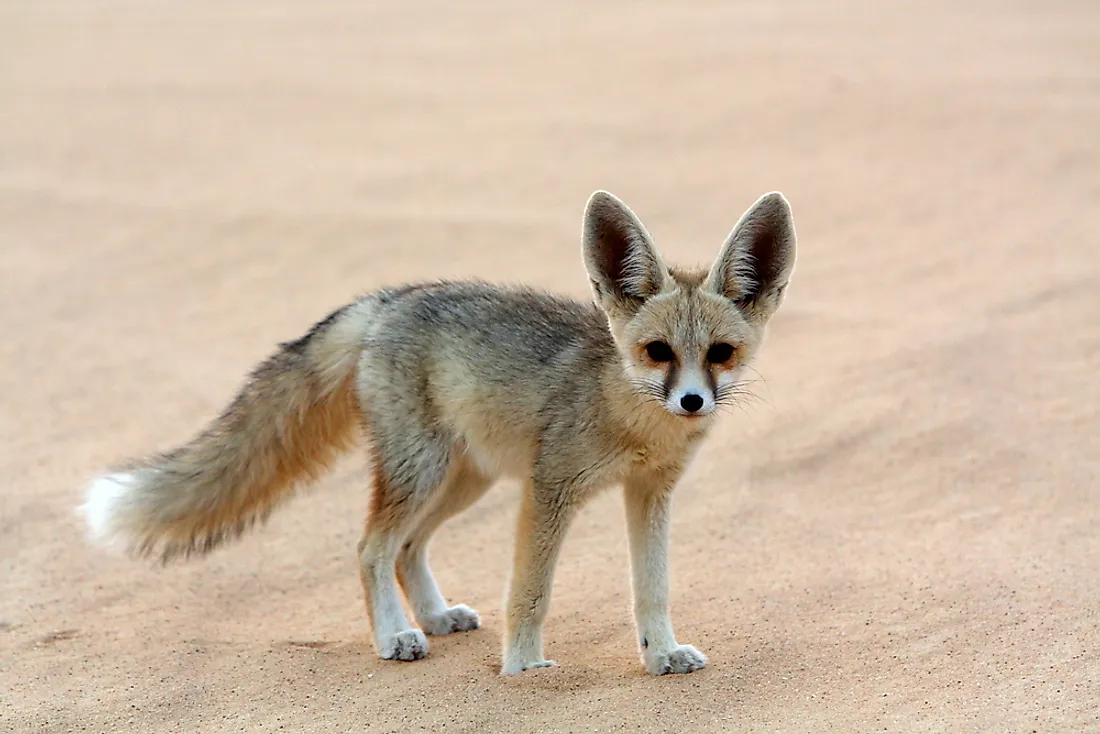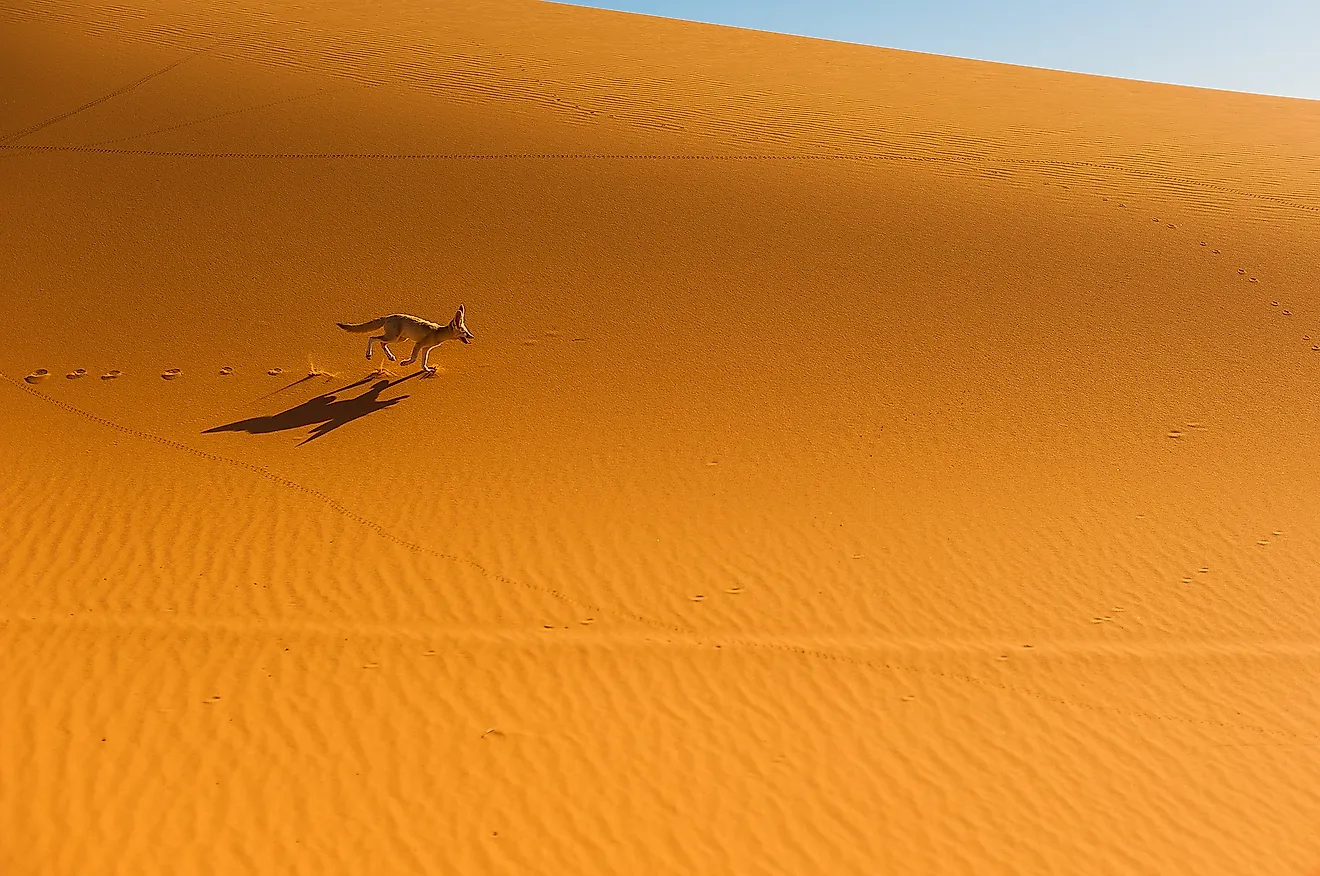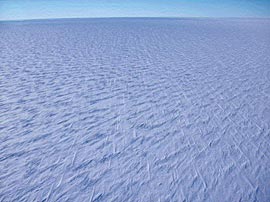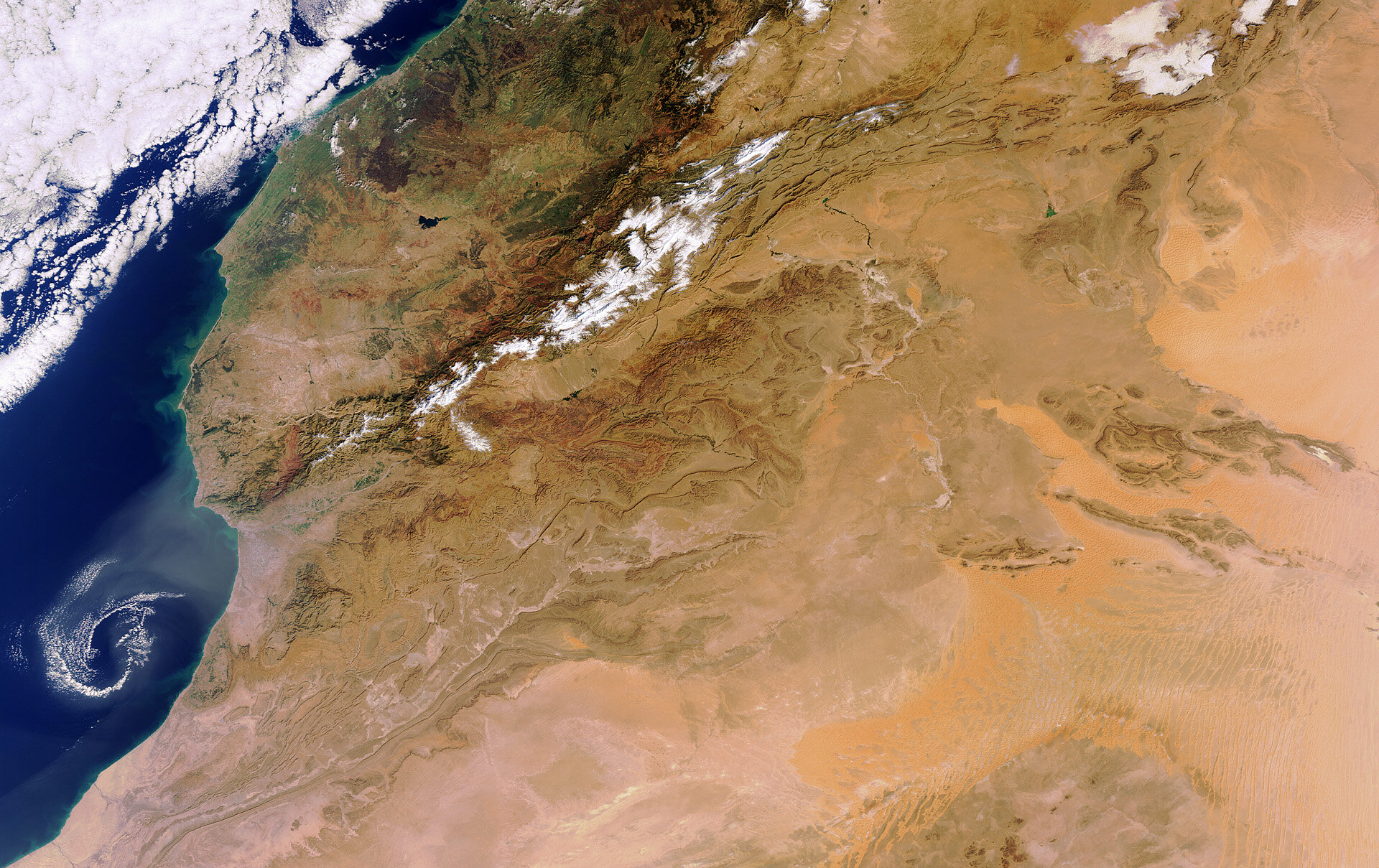Topic animals and plants in the sahara desert: Discover the astonishing diversity of "Animals and Plants in the Sahara Desert," revealing a vibrant ecosystem thriving in the heart of the world"s largest hot desert.
Table of Content
- What types of animals and plants are found in the Sahara desert?
- Overview of Sahara"s Geography and Climate
- Historical Transformation of Sahara"s Landscape
- Unique Flora and Fauna of the Sahara
- Human Inhabitants and Nomadic Cultures
- Ecological and Environmental Challenges
- YOUTUBE: Animals and Plants of the Sahara Desert
- Sahara"s Role in Ancient Civilizations and Trade Routes
- Adaptation Strategies of Sahara"s Wildlife
- Impact of Sahara on Global Climate and Weather Patterns
- Economic Importance and Natural Resources
- Potential for Renewable Energy and Future Developments
What types of animals and plants are found in the Sahara desert?
Animals and plants found in the Sahara desert:
- Gerbil
- Jerboa
- Cape hare
- Desert hedgehog
- Barbary sheep
- Scimitar-horned oryx
These mammal species are still found in the Sahara desert.
- Colocynth
Colocynth is a vine-like plant that produces bitter fruit. It can withstand the arid conditions of the Sahara desert.
The Sahara desert also hosts:
- 70 species of mammals
- 90 species of resident birds
- 100 species of reptiles
- Numerous species of arthropods
These diverse animal and plant species make up the rich biodiversity of the Sahara desert ecosystem.
READ MORE:
Overview of Sahara"s Geography and Climate
The Sahara Desert, covering large parts of Algeria, Chad, Egypt, Libya, Mali, Mauritania, Morocco, Niger, Sudan, Tunisia, and Western Sahara, spans approximately 9 million square kilometers, amounting to 31% of Africa. It"s characterized by its predominantly rocky hamada (stone plateaus), with ergs (sand seas) forming a minor part, despite some dunes reaching over 180 meters high. The desert"s topography is shaped by wind and rare rainfall, creating features like sand dunes, stone plateaus, gravel plains, dry valleys, and salt flats.
The Sahara experiences significant climatic variability. The northern fringes of the Sahara, influenced by low-pressure systems from the Mediterranean, receive minimal annual rainfall between 4 to 10 inches. Conversely, the southern fringes, bordering the Sahel, see similar annual rainfall due to the Intertropical Convergence Zone. Most of the central Sahara, under the influence of anticyclonic weather patterns, receives almost no rain, with annual averages dropping as low as 0.04 inches.
Interestingly, the Sahara undergoes alternating cycles of desert and savanna grassland every 20,000 years, driven by Earth"s axis precession, which affects the North African monsoon. These climatic changes have seen the Sahara transform from lush green landscapes to the arid desert we see today. Over millennia, human activity has also contributed to the Sahara"s current climatic stability.
The central Sahara is hyperarid, supporting sparse vegetation. The northern and southern regions, along with the highlands, have areas of sparse grassland and desert shrub, with trees and taller shrubs in wadis where moisture collects. In these extremely arid areas, rainfall can be absent for years.

Historical Transformation of Sahara"s Landscape
The Sahara Desert, known today as a vast arid landscape, has undergone significant ecological transformations over millennia. Around 6,000 years ago, the Sahara was not a desert but a tropical region with lush grasslands and abundant rainfall. These drastic changes in the Sahara"s landscape are primarily attributed to the Earth"s orbital axis variations, causing shifts in solar radiation and affecting monsoon patterns in the region.
These periodic shifts led to what are known as African Humid Periods, during which the Sahara experienced increased rainfall, resulting in the spread of savannah-type vegetation across the desert. However, between 8,000 and 4,500 years ago, the transition from this humid period to the current arid state occurred more rapidly than can be explained by orbital changes alone. It is suggested that human activities, such as overgrazing by domesticated animals and the use of fire for land management, may have contributed to this abrupt transition.
Archaeological findings, including cave paintings and pottery, indicate that the Sahara once supported a variety of life, with evidence of ancient herders raising livestock and harvesting plants in this once lush environment. The fluctuation between humid and arid phases has had profound impacts on the distribution and evolution of species, including human populations, in Africa. While the Sahara is subject to natural climatic cycles, the role of human influence in its ecological history remains an intriguing area of study.
Unique Flora and Fauna of the Sahara
The Sahara Desert, despite its harsh conditions, hosts a diverse range of flora and fauna uniquely adapted to survive in its environment. The animal life includes various species that have evolved fascinating adaptations to the desert climate.
- Mammals: The Sahara is home to mammals like the gerbil, jerboa, Cape hare, and desert hedgehog. Larger mammals include Barbary sheep, scimitar-horned oryx, and different species of gazelles such as the dorcas gazelle and dama gazelle.
- Birds: Bird species such as the African silverbill and the impressive North African ostrich, the world"s largest bird, are found here.
- Reptiles: The region also supports a range of reptiles.
- Invertebrates: Insects like the Saharan silver ant, known for its incredible heat tolerance and speed, are also residents of the desert.
When it comes to plant life, the Sahara"s vegetation is adapted to withstand the extreme aridity:
- Date Palm: A staple of the Sahara, providing an essential food source for desert dwellers.
- Desert Thyme: Thrives in hot, sunny locations with well-drained soil, used for various purposes including culinary and medicinal.
- Tamarisk: A salt-tolerant plant found along the western coastal zone.
- Acacia: A key component of the desert ecosystem, used by locals for food, fodder, and other needs.
- Doum Palm: Found in places with sufficient groundwater, its parts are used for various purposes from weaving to food.
- Desert Gourd: Known for its large, fleshy roots that allow it to survive arid conditions.
These species represent the remarkable resilience and adaptability of life in one of the most extreme environments on Earth.

Human Inhabitants and Nomadic Cultures
The Sahara Desert, vast and unforgiving, is home to a sparse but resilient population. Despite its harsh conditions, it has been inhabited for millennia by various nomadic cultures adept at surviving in one of the harshest environments on Earth.
- Nomadic Tribes: The Sahara is primarily inhabited by nomadic tribes such as the Tuareg, Berbers (Amazigh), and Bedouins. These groups have adapted to the desert life over centuries, developing unique skills to thrive in the desert.
- Adaptations: Nomads have adapted to the Sahara with their knowledge of the land, ability to find water, and skills in herding animals like goats, sheep, and camels. Their tents and clothing are designed for the extreme desert conditions.
- Cultural Traditions: These tribes have rich cultural traditions, including music, poetry, and craftsmanship. Their social structure is typically tribal, with strong family ties and community bonds.
- Trade Caravans: Historically, Sahara"s nomads were key players in trans-Saharan trade, navigating across the desert with caravans, trading goods like salt, gold, and spices.
- Modern Challenges: Modernization and environmental changes pose significant challenges to the traditional nomadic lifestyle. Many nomads have moved to urban areas, yet some continue to uphold their traditional ways.
Despite the relentless advance of modernity, the nomadic cultures of the Sahara continue to persevere, maintaining their unique heritage and way of life.
Ecological and Environmental Challenges
The Sahara Desert, while mesmerizing, faces significant ecological and environmental challenges, primarily exacerbated by climate change and human activities. These challenges are transforming the Sahara and affecting the delicate balance of its ecosystems.
- Climate Change: The Sahara is experiencing increased temperatures and decreased annual rainfall. This shift is leading to the expansion of desert areas, making habitable lands increasingly arid and less conducive to life.
- Water Scarcity: The lack of regular rainfall poses a severe challenge for both human inhabitants and the natural flora and fauna of the Sahara. Water scarcity affects agriculture, wildlife, and human settlements.
- Desertification: Human activities, including overgrazing and deforestation for firewood, are accelerating the process of desertification. This not only affects the landscape but also contributes to the loss of biodiversity.
- Extreme Temperatures: The Sahara is known for its extreme temperature variations, with scorching heat during the day and drastic drops at night. These conditions pose significant challenges for human survival and comfort.
- Green Energy Initiatives: In response to these challenges, there are initiatives to harness the Sahara"s abundant sunlight and wind for renewable energy. Installing large wind and solar power plants in the desert could potentially increase rainfall and encourage plant growth, offering a glimmer of hope for the region"s ecological restoration.
- Great Green Wall Initiative: Another significant effort is the Great Green Wall, an ambitious project aimed at combating desertification in the Sahel region, south of the Sahara. This project involves the planting of a vast mosaic of trees, restoring degraded land, and creating green jobs, thereby holding back the desertification process.
Despite these challenges, initiatives like renewable energy projects and the Great Green Wall offer hope for mitigating some of the adverse effects and restoring ecological balance in the Sahara region.

Animals and Plants of the Sahara Desert
Discover the majestic beauty of the Sahara Desert in this captivating video. Witness the golden dunes stretching as far as the eye can see and indulge in mesmerizing sunsets that will leave you breathless. Let the desert\'s enchanting allure transport you to another world. Join us on this unforgettable journey!
Sahara Desert Animals
Delve into the fascinating world of animals with this captivating video. Immerse yourself in the diversity of nature\'s creations as you encounter magnificent creatures in their natural habitats. From playful dolphins dancing in the ocean waves to majestic lions prowling the savannah, prepare to be amazed by the wonders of the animal kingdom. Don\'t miss out on this extraordinary adventure!
Sahara"s Role in Ancient Civilizations and Trade Routes
The Sahara Desert, a vast and arid expanse, played a pivotal role in ancient civilizations and trade routes. It connected diverse cultures and facilitated the exchange of goods, ideas, and technologies across continents.
- Economic Significance: The Sahara was crucial for trade between the Mediterranean civilizations and Sub-Saharan Africa. It served as a conduit for the exchange of gold, salt, ivory, and other valuable commodities.
- Trans-Saharan Trade Routes: Key trade routes such as the Ghadames Road, the Garamantean Road, and others, traversed the desert. These routes linked cities like Tripoli in the north with regions deep in Africa.
- Cultural Exchange: Alongside economic trade, there was a significant exchange of cultural practices, languages, and religions, profoundly impacting the societies involved.
- Carthage"s Influence: Ancient Carthage played a crucial role in this trade, facilitating the movement of goods and serving as a cultural melting pot.
- Natural Resources: The Sahara was also a source of precious resources for ancient civilizations. Metals and semi-precious stones from the desert were used for various purposes, from jewelry to tools.
- Geographical Barrier: The vast desert also acted as a natural barrier, influencing the political and military strategies of ancient empires.
The Sahara"s role in shaping ancient trade, cultures, and civilizations underscores its historical importance beyond its geographical and climatic challenges.
Adaptation Strategies of Sahara"s Wildlife
The Sahara Desert, with its extreme conditions, has nurtured a variety of wildlife that have developed remarkable adaptations to survive. These adaptations are key to their survival in the harsh desert environment.
- Desert Elephants: Known for their ability to survive without water for extended periods, desert elephants rely on moisture from plants they consume and are adept at digging for water in dry riverbeds.
- Jerboas: These small rodents are known for their incredible jumping ability and speed. Remarkably, jerboas do not need to drink water, as they can extract sufficient moisture from their food.
- Fennec Foxes: Nocturnal creatures with large ears, these foxes use their ears for better hearing and to dissipate heat, helping them stay cool in the desert heat.
- Monitor Lizards: These venomous lizards are versatile and intelligent, capable of living in varied habitats including deserts, forests, and wetlands.
- Sidewinders: Sidewinder snakes, such as the horned viper, have a unique sideways movement that allows them to move quickly and effectively across the sand.
- Death Stalker Scorpions: Among the most venomous creatures in the Sahara, they have a translucent, yellow appearance and can cause respiratory failure and death.
- Addax Antelope: Endangered and known for their sleekness, these antelopes are well-adapted for crossing the Sahara sands on their flat feet.
- Scarab Beetles: Also known as dung beetles, they use animal waste creatively for food and shelter, showcasing incredible adaptability.
- Dorcas Gazelles: They have evolved an automatic jumping reflex called “stotting” to avoid predators, signaling danger to other gazelles and demonstrating their agility to predators.
- Camels: The quintessential desert animal, camels store fat in their humps for energy, an essential adaptation for survival in food-scarce environments.
Each of these species exemplifies the incredible adaptability of life in one of the world"s most challenging environments, the Sahara Desert.

Impact of Sahara on Global Climate and Weather Patterns
The Sahara Desert significantly influences global climate and weather patterns. Its vast expanse and unique geographical features contribute to various climatic phenomena both locally and globally.
- Albedo Effect: The Sahara"s vast sand dunes reflect sunlight back into the atmosphere, influencing atmospheric temperatures and pressure systems. This albedo effect plays a crucial role in regulating temperatures not just in the desert, but also in surrounding regions.
- Sand and Dust Storms: The Sahara is a major source of mineral dust, which gets carried across continents by winds. This dust can affect weather patterns, contribute to soil fertility in distant places like the Amazon, and impact air quality and ocean ecosystems.
- Impact on Tropical Cyclones: Dust and dry air from the Sahara can suppress the development of tropical cyclones in the Atlantic Ocean. Conversely, it can also provide the necessary ingredients for these cyclones to form under the right conditions.
- Influence on Rainfall: The Sahara affects rainfall patterns in the Sahel region, Europe, and even North America. Changes in the desert"s temperature can alter the West African Monsoon, impacting precipitation in surrounding areas.
- Global Climate Interactions: The Sahara interacts with various global climate systems, including the Hadley cell circulation, which influences weather patterns in different parts of the world.
The Sahara Desert"s impact on the global climate and weather patterns is a testament to the interconnectedness of Earth"s ecosystems, demonstrating how a single geographical feature can have far-reaching environmental effects.
Economic Importance and Natural Resources
The Sahara Desert, covering most of northern Africa, is not only a place of ecological wonder but also of significant economic importance. The Sahara"s natural resources and unique biodiversity contribute to various sectors, including agriculture, medicine, and energy production.
Agricultural Significance
- Date Palms: Cultivated in oases, these palms produce dates, a staple food for desert dwellers and an important export.
- Acacia Trees: Known for their resilience, these trees provide food, fodder, and wood, playing a crucial role in supporting local communities.
- Laperrine"s Olive Trees: These trees, found in the Saharan highlands, are used for wood and traditional medicines. They are also important for biodiversity conservation.
Medicinal and Botanical Contributions
- Desert Thyme: Grown in the highlands, this plant is used for medicinal and culinary purposes, thriving in harsh conditions.
- Desert Gourd: Used in traditional medicine, it shows the potential for biofuel production.
Renewable Energy and Environmental Conservation
With its vast, sun-drenched expanse, the Sahara is an ideal location for solar energy projects. Initiatives like the Great Green Wall aim to combat desertification by planting drought-resistant trees, promoting sustainable land use and preserving the desert"s unique ecosystem.
Mineral Wealth
The Sahara is rich in oil and mineral resources, attracting significant international investment. This wealth has brought high-wage jobs and economic opportunities, though it has also led to environmental challenges and changes in traditional desert lifestyles.
In conclusion, the Sahara Desert is more than just a vast expanse of sand. It"s a region with a rich array of natural resources and a pivotal role in local and global economies. Its unique flora and fauna contribute significantly to various industries and environmental conservation efforts, demonstrating the intricate balance between nature and economic development.

READ MORE:
Potential for Renewable Energy and Future Developments
The Sahara Desert, with its expansive land area and intense solar radiation, offers immense potential for renewable energy, particularly solar power. The desert"s geographical and climatic conditions make it an ideal location for harnessing solar energy, which could significantly contribute to global renewable energy supplies.
Solar Energy Potential
- The Sahara"s vast, sun-drenched expanse is perfect for large-scale solar farms, capable of generating substantial amounts of clean energy.
- Technological advancements in solar panels and energy storage could enhance the efficiency and feasibility of solar projects in the Sahara.
- Solar energy from the Sahara could potentially supply renewable energy not only to African countries but also to European and other nations, fostering international cooperation.
Wind Energy Prospects
- Certain regions of the Sahara also exhibit significant potential for wind energy, thanks to the prevalent strong winds.
- Wind farms in these areas could complement solar energy projects, providing a consistent and reliable source of renewable energy.
Environmental and Economic Implications
Investment in renewable energy in the Sahara has implications for environmental conservation, economic development, and social upliftment:
- Renewable energy projects can lead to job creation and economic growth in local communities.
- These projects may also help in combating desertification and promoting sustainable land use in the region.
- There is a potential for developing green technologies and sustainable practices that could serve as a model for other arid regions around the world.
In conclusion, the Sahara Desert"s potential for renewable energy is vast and multi-faceted. With strategic investments and international collaboration, it could become a key player in the global transition towards clean and sustainable energy sources.
Discover the Sahara"s hidden treasures: a world where resilient plants and remarkable animals thrive in harmony, showcasing nature"s ingenuity and the desert"s untapped potential for sustainable development.










